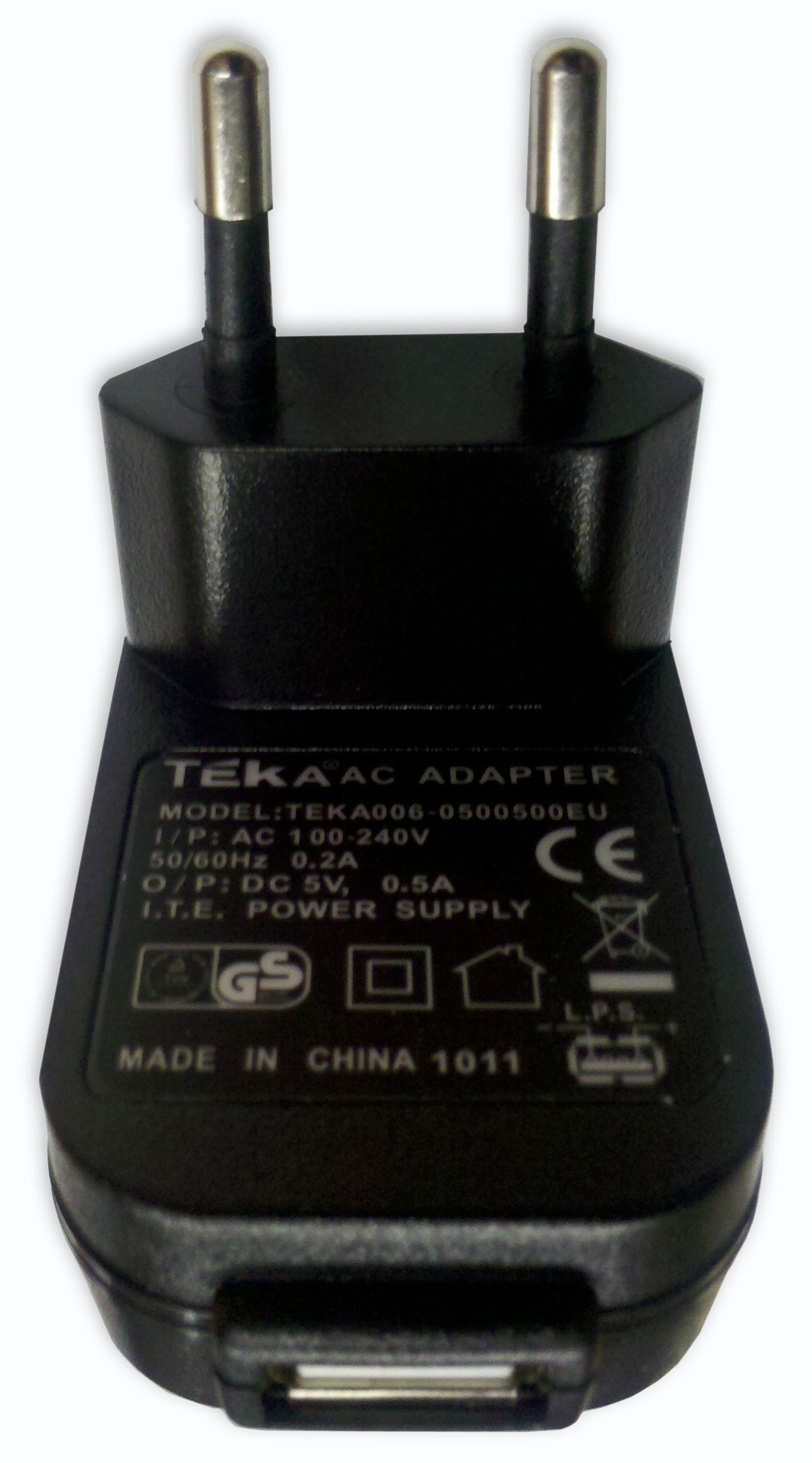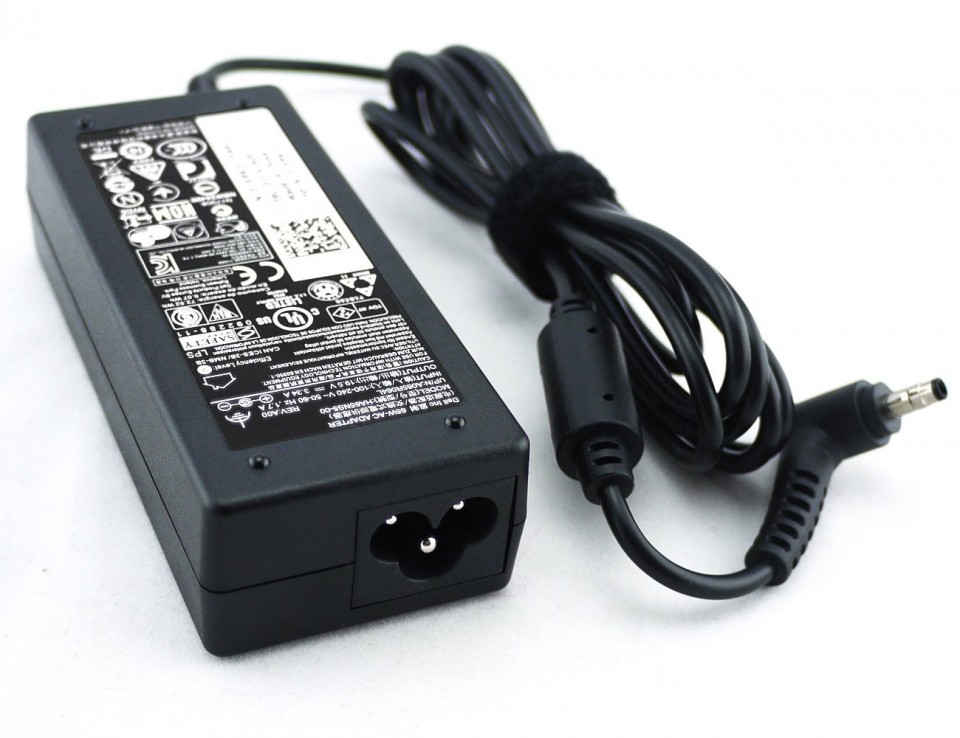

To fix this, either replace the polarity protection fuse or get it serviced. But the device may still work on battery power. If this happens, you might hear a pop and see smoke. Some laptops and other devices include polarity protection, which is essentially a fuse that burns out if you use the wrong polarity. If you are unlucky, your device will be damaged. If you’re lucky, nothing will happen, and no damage will occur. The wrong polarity – If you reverse the polarity, a few things can happen.Here’s what you can expect in each scenario: But there are many instances where an incompatible power adapter will plug into your device. Ideally, you’ll have the same voltage, current, and polarity on your adapter and device.īut what if you accidentally (or purposefully) use the wrong adapter? In some cases, the plug won’t fit. Fudging It: What Happens if You Use the Wrong Adapter? If you have a universal adapter, make sure it has the proper current rating and choose the correct voltage and polarity. If the device has a DC input of +12V / 5.4A, get an adapter with a DC output of +12V / 5.4A. Remember: the input of the device should be the same as the output of the adapter. Again, look for the polarity by either noting a + or – symbol or the polarity diagram. You might find both the voltage and the current elsewhere on the device, on the bottom or inside a battery compartment cover, or in the manual. But you also want to make sure the current matches, too. You’ll usually see at least the voltage near the DC plug receptacle. Next, you want to look at your device for the DC input. If there is a – sign on the right, then it has negative polarity:

If the + sign is on the right, then the adapter has positive polarity:
POWER ADAPTER PLUS
It will usually consist of three circles, with a plus or minus on either side and a solid circle or C in the middle. Or, look for a diagram showing the polarity. To check the polarity, look for a + or – sign next to the voltage. Here, you’ll see the volts followed by the direct current symbol and then the current. Look at the “brick” part of the adapter for the word OUTPUT. If the manufacturer was smart enough (or compelled by law) to include the DC output on the label, you are in luck. But the number of watts alone won’t tell you if the adapter is right for your device. If you multiply the voltage by the current, you get the wattage.

By nature, direct current is a one-way street, and things won’t work if you try to go up the downspout. For an adapter to work, the positive plug must mate with a negative receptacle or vice versa. There is a positive pole (+) and a negative pole (-). The other important term to know is polarity. Too much power generates excess heat, which is the bane of sensitive electronics. It’s important because too little power means your device won’t charge or operate correctly. Tweaking any of these three variables increases or decreases the amount of electrical power sent to your device. And resistance relates to the size of the pipe. Current, as the term implies, refers to the flow rate. In this analogy, the voltage would be the water pressure. To understand what these three terms mean, it helps to think of electricity as water flowing through a pipe. (You’ve probably also heard about resistance (Ω), but this doesn’t usually show up on power adapters.) Voltage is measured in volts (V), and current is measured in amps (A). The most important details for you and your delicate electronics are the voltage and the current. And if there is no information on the label, proceed with extreme caution.

Some manufacturers put a lot of information on the label. Power adapters are a bit like canned food. Determining the outputs and inputs of your adapters and devices is the hard part. The key is to match the DC output of the adapter to the DC input of your device. Likewise, each electronic device is specifically designed to accept a certain DC input.


 0 kommentar(er)
0 kommentar(er)
